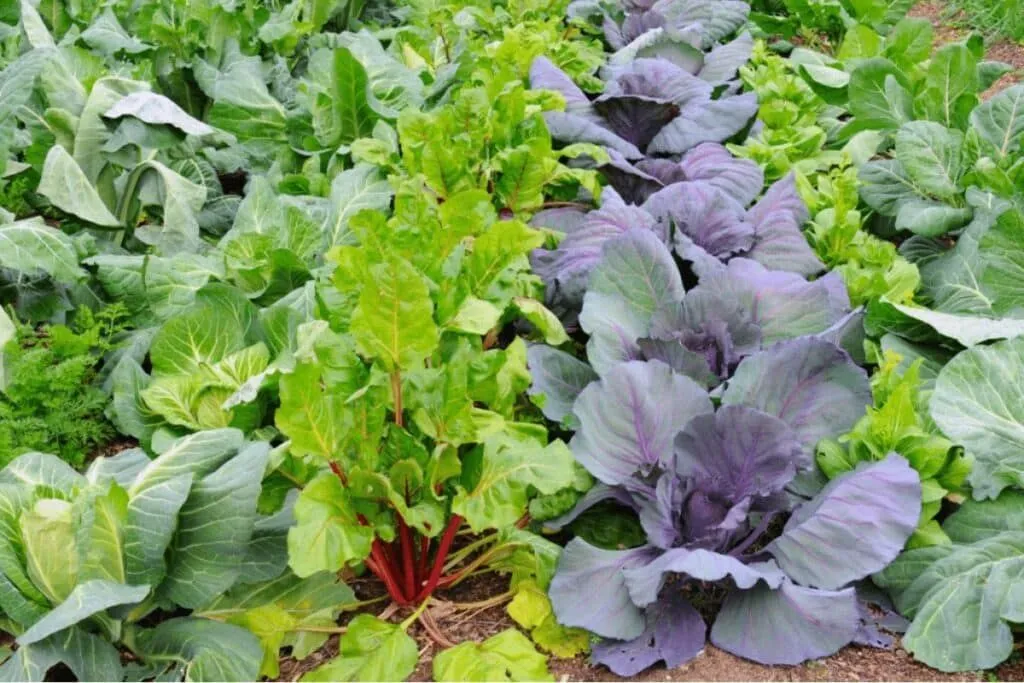How Your Flower Choices Can Make or Break a Bountiful Veggie Garden

Garden lovers usually zero in on picking the right vegetables, but don’t overlook your flower choices. Some blooms can really change how your veggie patch does, for better or worse. While a few can make your garden look gorgeous and even boost its overall vibe, others might bring along pests or hog precious resources.
Flowers to Steer Clear Of in Your Veggie Patch
When mapping out your vegetable garden, it pays to know which flowers might end up hurting your crops. Three blooms that you might want to avoid planting near your veggies are Lupine, Comfrey, and Ground Ivy.
Lupine (Lupinus)
Lupine is a real eye-catcher with its colorful spikes and hand-shaped leaves. This plant, whether perennial or annual, can reach up to 4.9 feet tall, adding a dramatic flair to any garden. The downside? Lupine can host a fungus called anthracnose, which puts vegetables like tomatoes, beans, and peas at risk. Plus, its invasive side means it might hog space and nutrients from its neighbors. Best to keep Lupine away from your veggie beds.
Comfrey (Symphytum officinale)
Comfrey is another perennial known for its big, fuzzy leaves and bell-shaped flowers in blues, purples, or whites. Gardeners love it as green manure since it’s loaded with nitrogen, phosphorus, and potassium, and it even brings in earthworms to boost soil activity. That said, Comfrey can sometimes harbor parasitic nematodes that mess with the roots of veggies like carrots, potatoes, and beets. Plant it away from your vegetable plots or consider using it as a liquid fertilizer instead.
Ground Ivy (Glechoma hederacea)
Ground Ivy is a low-growing, trailing plant with round, toothed leaves and pretty purple blossoms. It’s often used as ground cover in decorative gardens or even tossed into salads and pestos. However, it can quickly take over, competing with your vegetables for water, nutrients, and sunlight while drawing pests like slugs and snails that slow down growth. The best bet is to keep it confined to certain spots or block its spread with some physical barriers.
Other Options and Handy Tips
If you’re looking for flower buddies that play nice with your veggies, there are a few great picks. Marigolds (Calendula officinalis) do a fantastic job at fighting off nematodes and drawing in pollinators. Borage (Borago officinalis) not only attracts bees but also gives tomatoes and strawberries a boost. Also, Marigolds (Tagetes) lend a hand by keeping nematodes and other pesky insects at bay.
It also helps to stick to smart gardening habits. Rotating your crops keeps the soil from running low on nutrients, mulching helps lock in moisture, and proper watering ensures everything gets enough H₂O. Keeping an eye on your garden lets you tweak things as you go.
Nailing the Right Mix
A winning veggie garden comes down to finding the right mix of flowers and vegetables. Overdoing it with certain plants or using things like wood ashes and coffee grounds the wrong way can throw your garden off balance.
Every plant in your garden plays a part in how well things go—knowing which flowers work well with your crops (and which ones might backfire) sets you up for a productive garden. By choosing your plants wisely and pairing them with smart gardening techniques, you’ll not only enjoy a great harvest but also help keep your garden naturally thriving for the long haul.